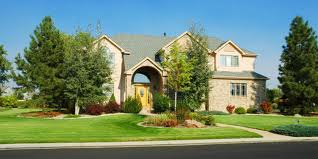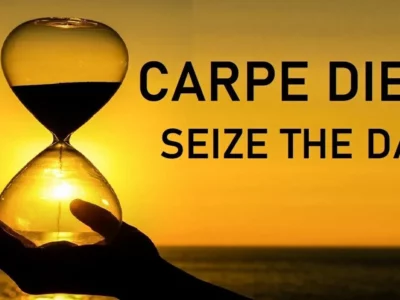The Missing of Summer Lawns*
It’s Time to End the Wasteful Practice of Irrigating California’s Residential Landscaping With Fresh Water
 What a difference a drought makes.
What a difference a drought makes.
Once upon a time, a fundamental attribute of home ownership in California and the American West was an expansive, verdant lawn surrounding private homes, townhouses and apartment complexes.
Indeed, some communities have historically imposed permit conditions or adopted local ordinances mandating the inclusion and maintenance of lush, healthy lawns as part of residential properties and communities.
But local governments and individual residents are increasingly concluding that this 1950’s model of American living makes little sense in an increasingly dry climate and ever-shrinking water supplies.
My home town of Sacramento, California, provides an apt example.
Historically, Sacramentans and their political leaders considered an unlimited domestic water supply to be a fundamental political and human right. For the better part of a century, Sacramento’s city charter actually contained a provision banning the installation of water meters on city residences. (It took a recently enacted state statute that mandates home water meters statewide to preempt Sacramento’s remarkable “no meters” law and force Sacramento political leaders to begrudgingly and belatedly join the vast majority of California municipalities that require water meters. I’m still awaiting installation of a water meter on my home, however.)
A related, comical story emerged a few years ago when a Sacramento homeowner caused quite a stir by tearing out her front lawn and replacing it with drought-resistant native vegetation. City officials promptly cited her for violating city ordinances–which ones were never really clear–and demanded that she reinstall her conventional lawn. But those officials discovered they had a fight on their hands when the media picked up the story and identified the offending homeowner as a staff counsel with the State Water Resources Control Board who wished to do her bit to conserve water and adopt a more responsible water ethic. The city quickly backed down, and a small precedent had been established.
Fast forward to 2014, and a drought emergency declared by California’s environmental-educator-in-chief, Governor Jerry Brown. As I stroll my 100-year old Sacramento neighborhood these days, I see a steadily increasing number of traditional lawns being removed and replaced with drought-resistant native vegetation. That continues a welcome trend started in arid Southern California and other water-challenged regions of California like the Monterey Peninsula. Many local governments–including Sacramento–are now offering financial incentives to encourage homeowners to make the switch and abandon traditional lawn landscaping.
An alternate strategy, one recounted in a story in today’s Sacramento Bee, is to mandate use of recycled water for new residential development projects. The Bee reports that the City of El Dorado Hills–a Sacramento suburb also know for its traditional, profligate water usage–is working with developers to require the use of recycled water for their residential projects’ outdoor landscaping needs.
These are welcome trends–certainly in a time of drought, but also in “normal” water years. The vast majority of 38 million Californians’ residential water use is devoted to lawn and related landscape irrigation. It’s time for California residents–as well as those of other water-deprived Southwestern U.S. states–to embrace more environment-friendly landscaping practices and abandon their traditional, expansive and thirsty lawns. At a minimum, municipal water systems should be designed (and, where necessary, retrofitted) to utilize exclusively recycled wastewater to irrigate residential landscaping.
With California’s population projected to grow to over 50 million residents by 2050, and climate change likely to make severe water shortages the “new normal,” utilization of scarce fresh water resources for landscape irrigation is a luxury that California’s people and environment can ill afford. Let’s hope that California’s iconic but wasteful practice of irrigating lawns with potable water is indeed coming to an end.
(The title of this post comes with apologies to singer/songwriter Joni Mitchell.)
Reader Comments
2 Replies to “The Missing of Summer Lawns*”
Comments are closed.








“— local governments and individual residents are increasingly concluding that this 1950′s model of American living makes little sense in an increasingly dry climate and ever-shrinking water supplies.”
Richard, this statement is as good an example as any to confirm the fact that some scenarios that may have been considered to be science fiction in the 50s are now becoming fact.
It was just reported that IPCC scientists see a 15-Year window for affordable action to limit Global Warming.
I strongly encourage UC professors and scholars, especially including you and your colleagues who post on Legal Planet, to join together in a major campaign to inform and motivate the general public to make the right things happen before the window of opportunity closes.
Rich: Enjoyed you article on lawns. Unfortunately I am the current Properties Committee Chair at Lincoln Hills Community Assn. We are all for drought tolerant plants in front yards and have been approving them for years. BUT some residents want to install artificial turf in their front yards. Any thoughts on such turf? I I still have a photo of you somewhere when you spoke at my retirement 14 years. For 8 years I was the chair of the Island county water board and chair of the water advisory committee to the county commissioners. I also managed a private water company for my homeowners association. Bill